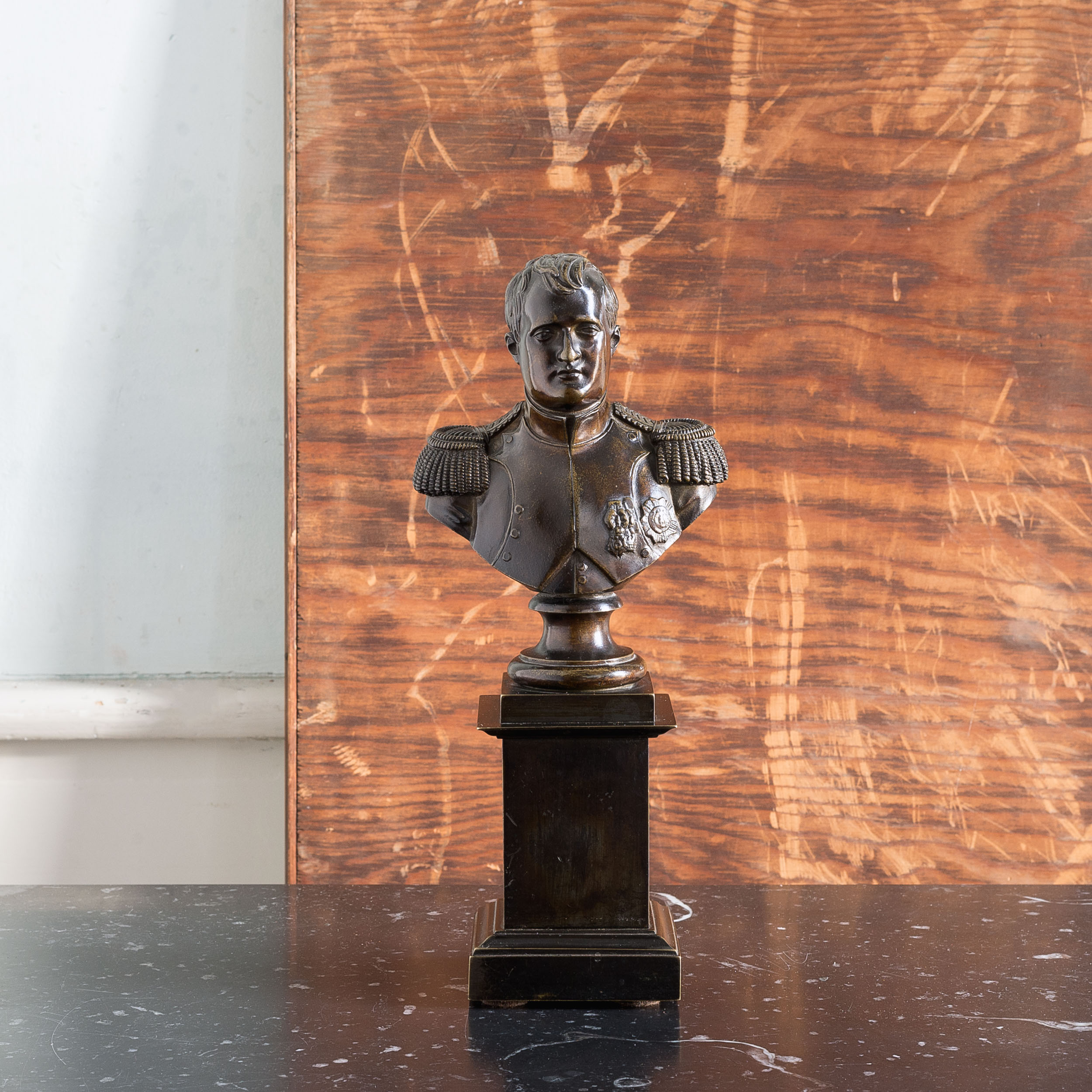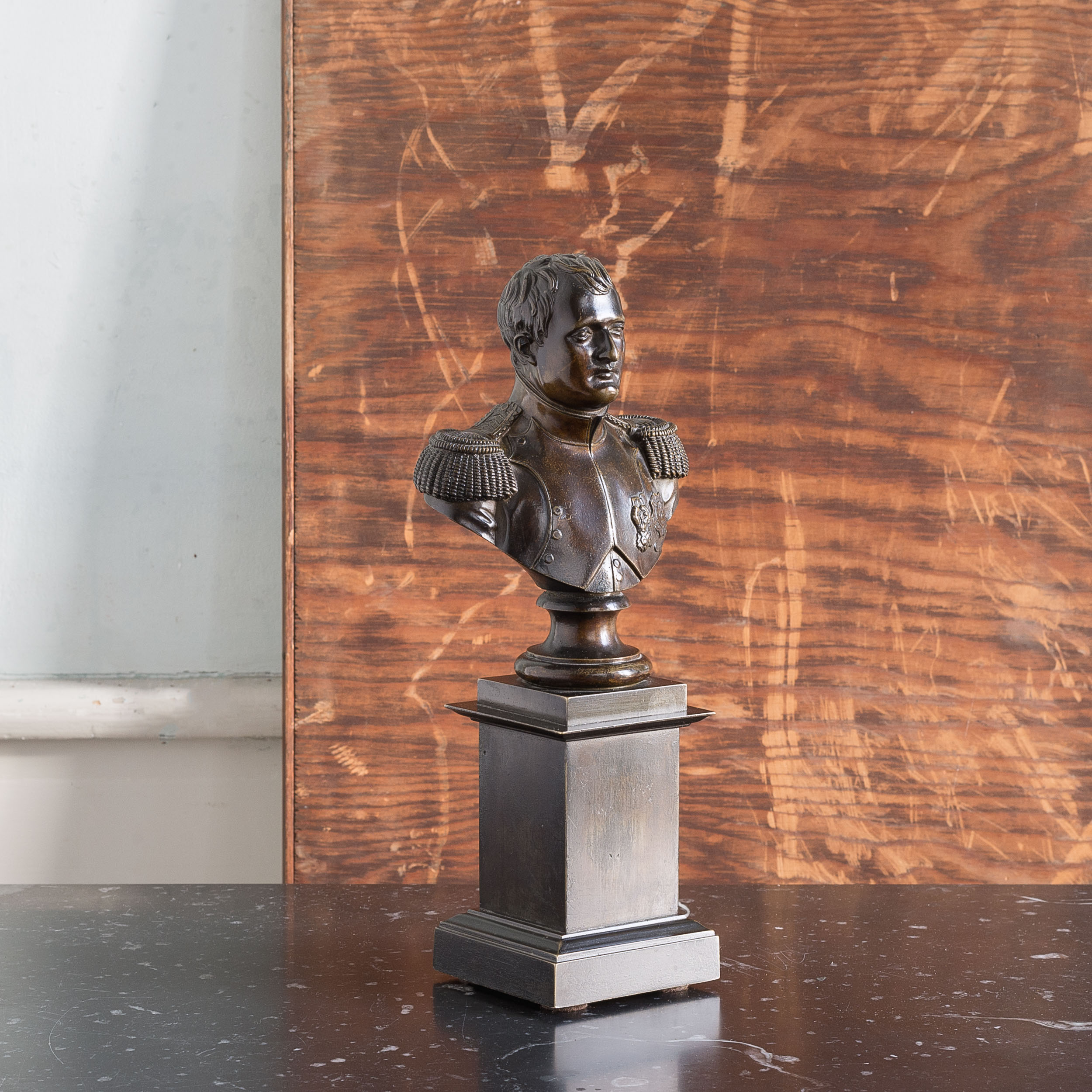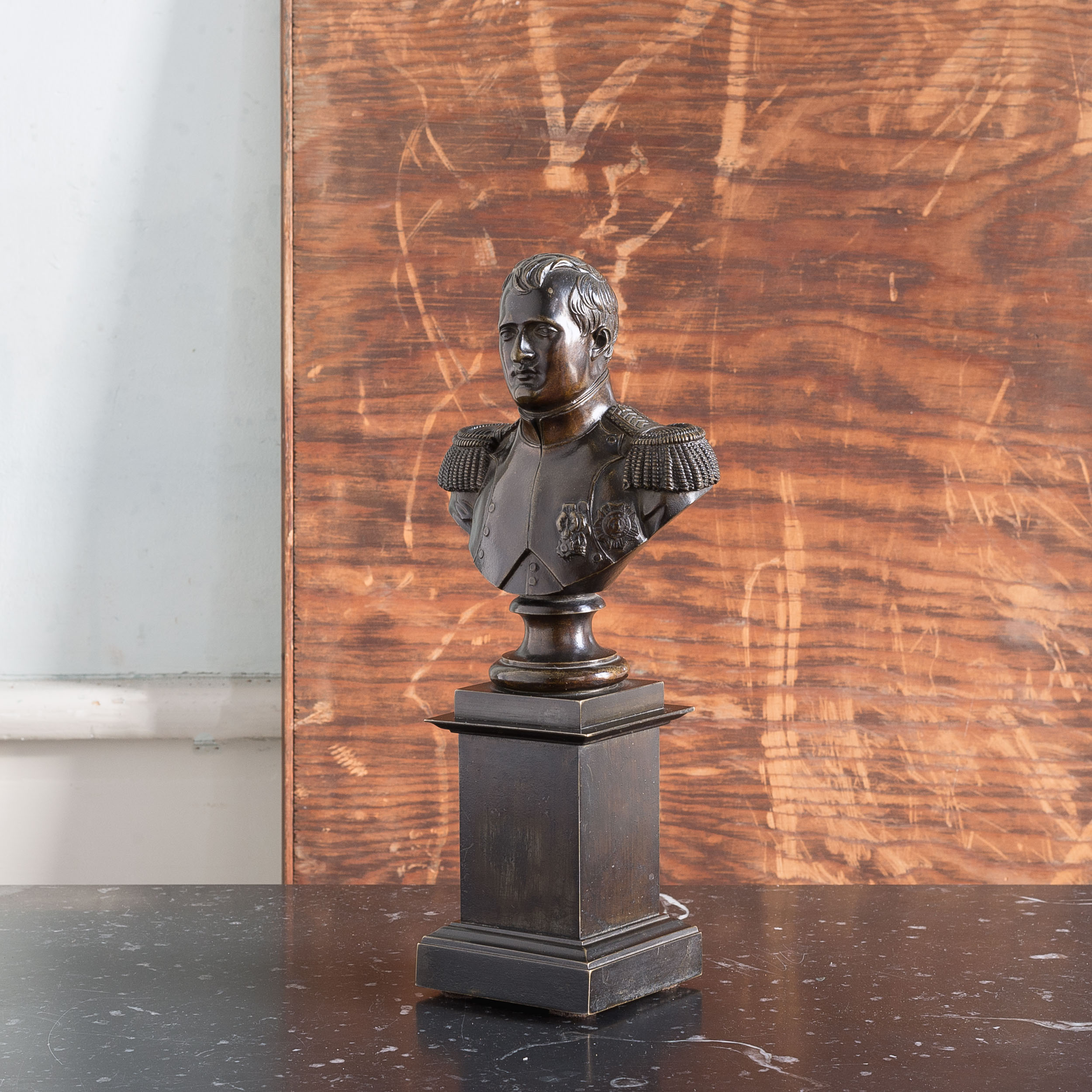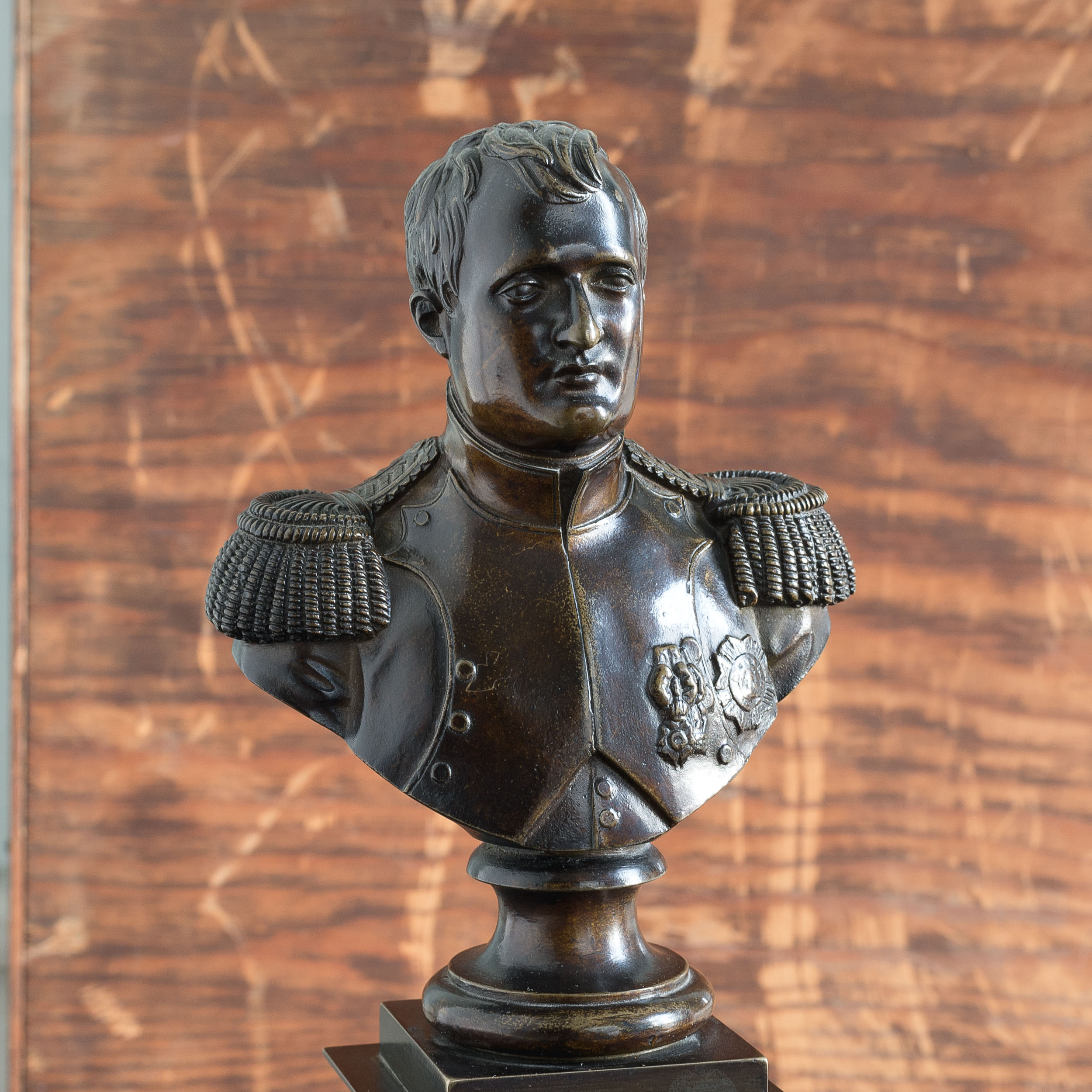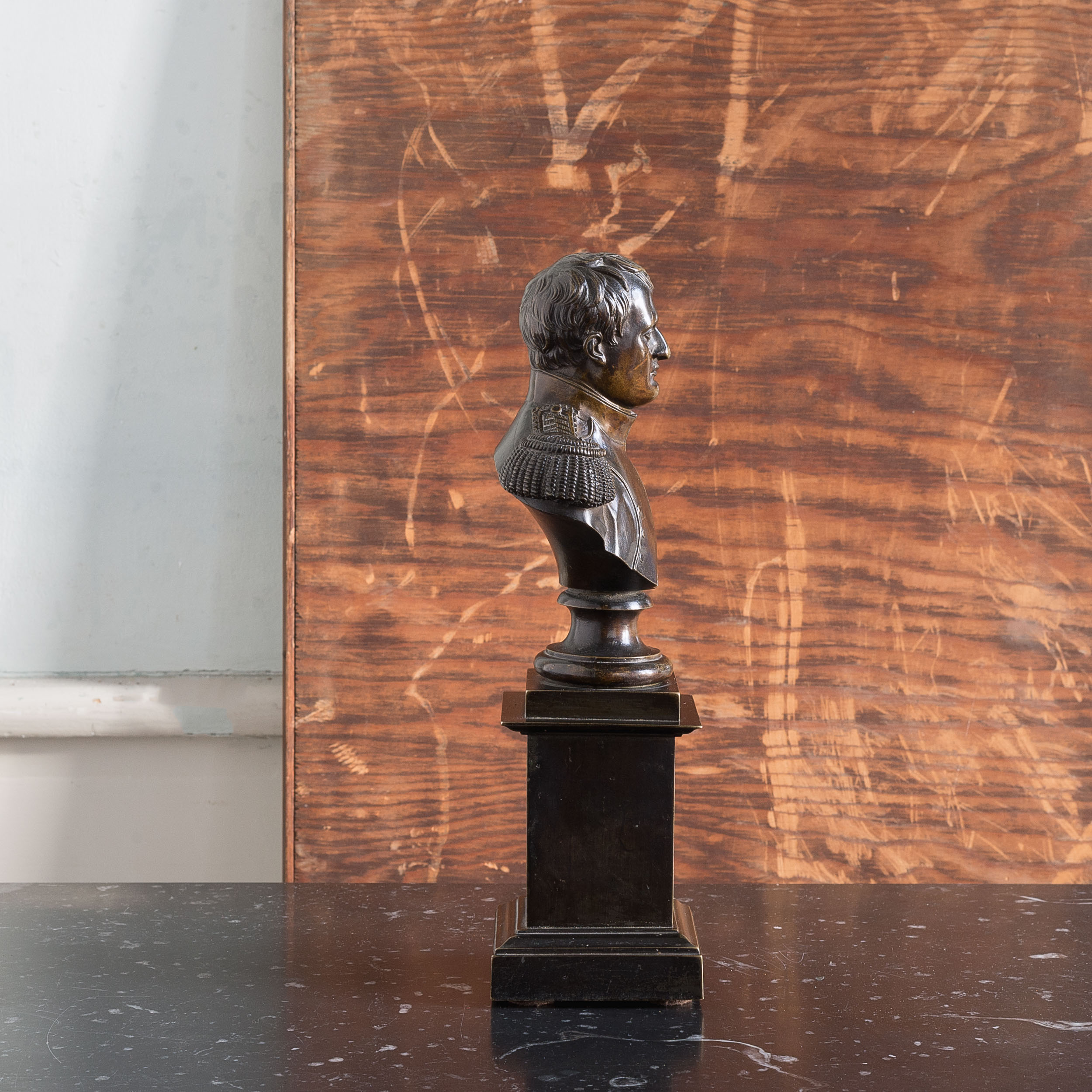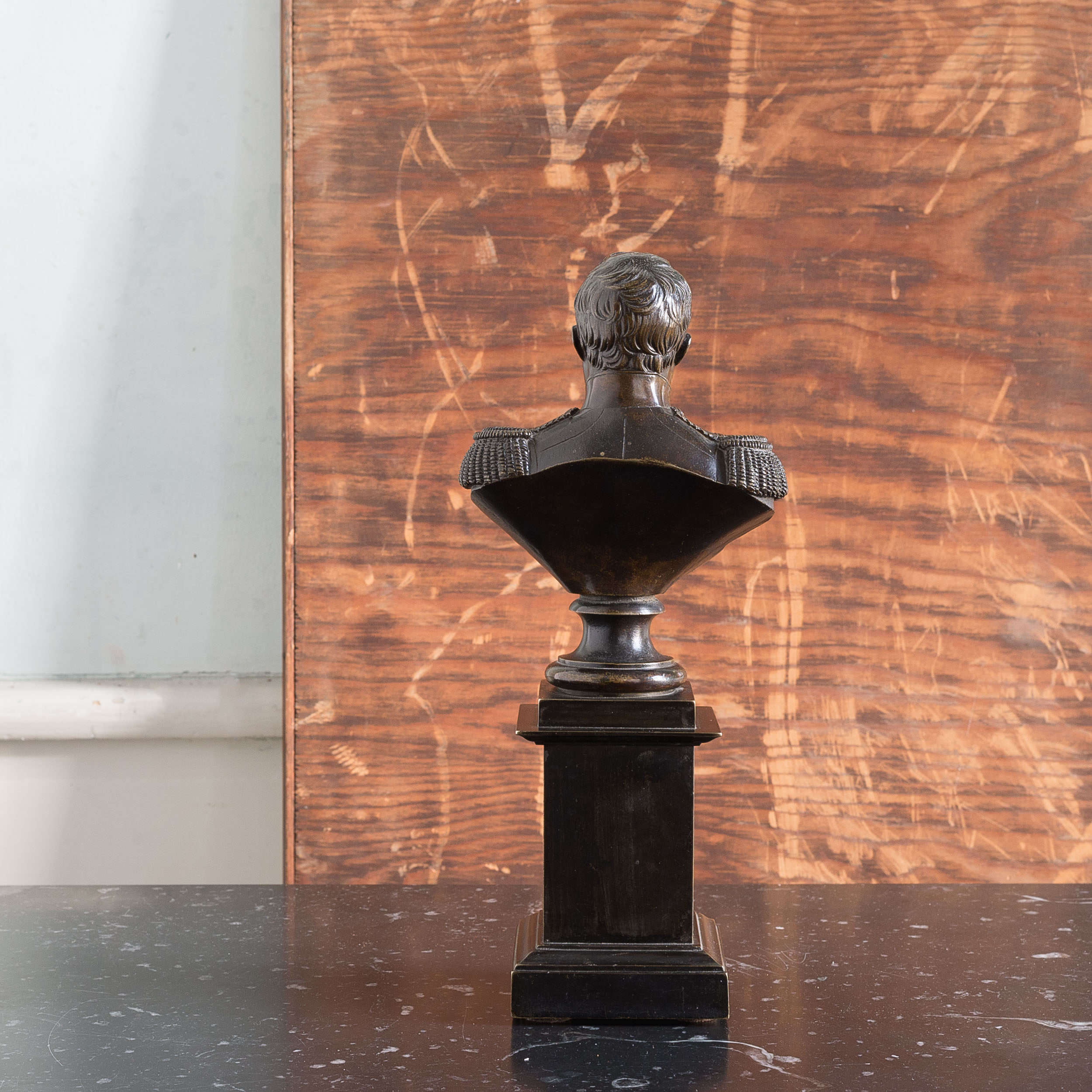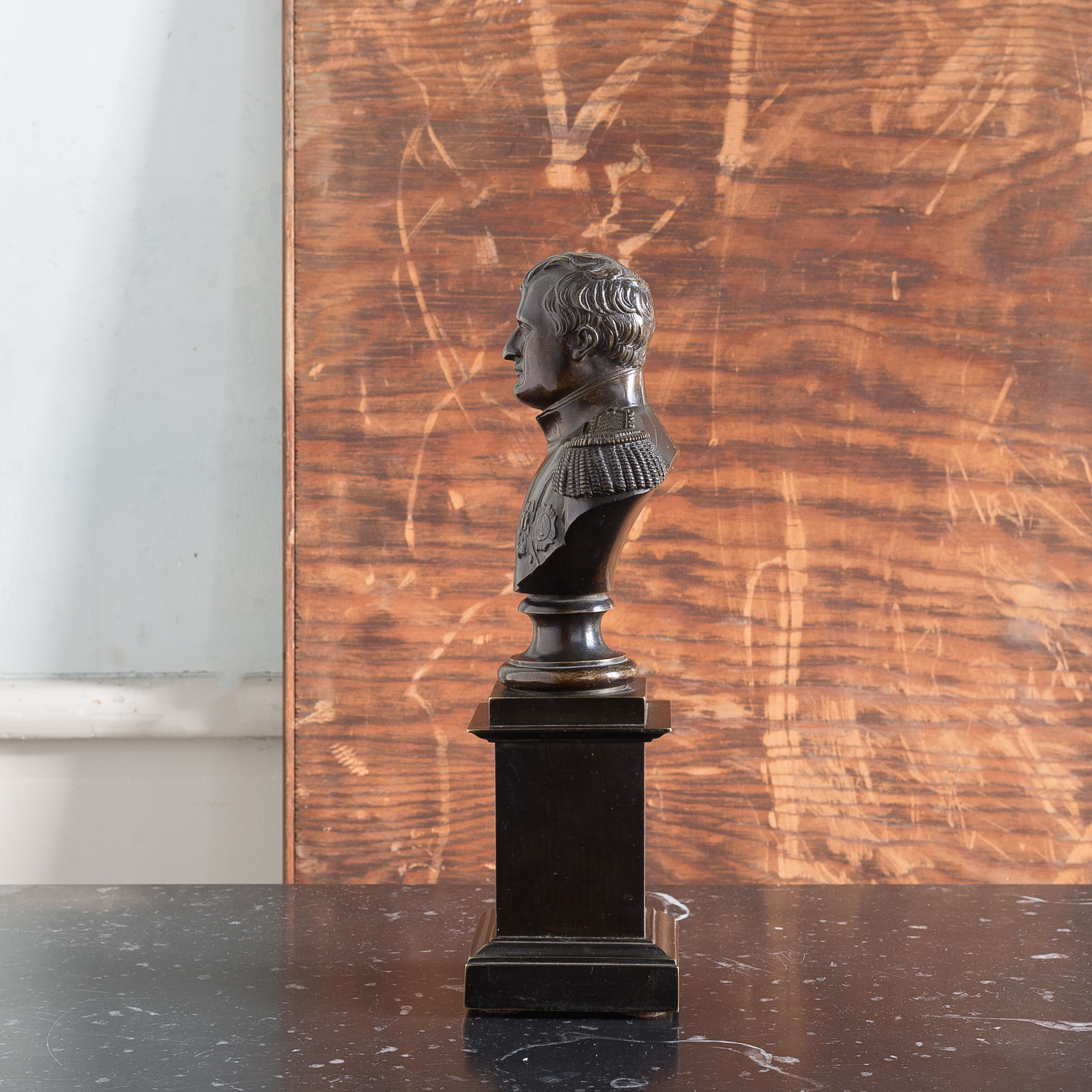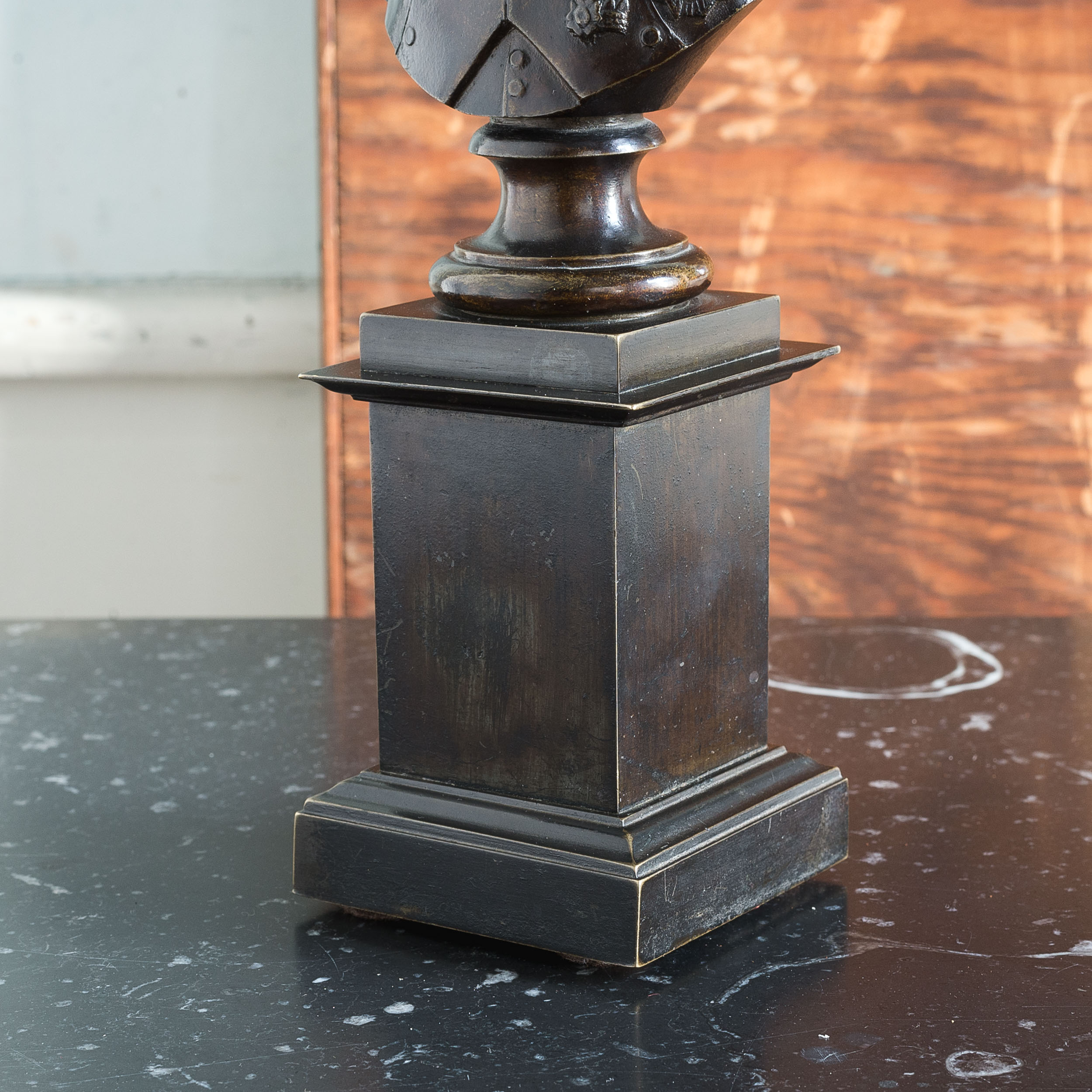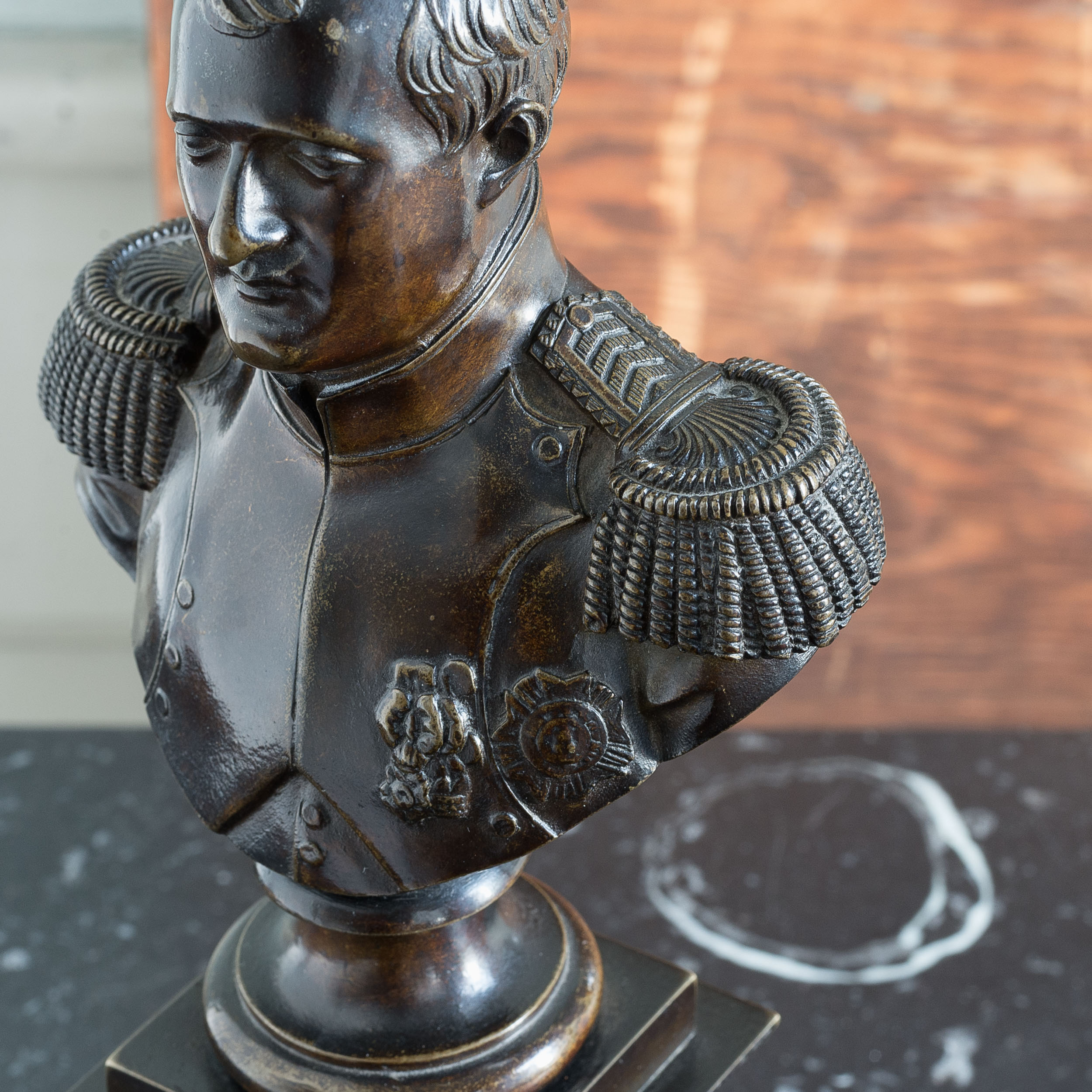Recently Viewed Items
-
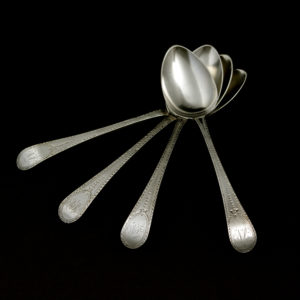
A set of four sterling silver dinner spoons,
£380 the setA set of four sterling silver dinner spoons,
hallmarked London, dated 1792 in the reign of George III made by Peter Ann Bateman. Each having the addition of bright cut decoration.£380 the set -
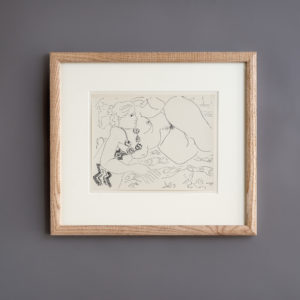
Cahiers D’Art, Dessins de Matisse
£300 eachCahiers D’Art, Dessins de Matisse
Cahiers d'Art is a French artistic and literary journal originally founded in 1926 by Christian Zervos, a Greek philosopher, editor. Born in 1889 in Argostoli on the Greek island of Cephalonia he was brought up in Alexandria, Egypt, finally moving to Paris in 1922. In 1924 Zervos joined the publishing firm Editions Morancé writing art articles for the magazine L'Art d'aujourd '. As an editor, he met many of the artists about whom the magazine wrote: Henri Matisse, Georges Braque, Ferdinand Léger, and Pablo Picasso. He left Morancé in 1926 to found his own journal Cahiers d'art becoming simultaneously publisher, director, model maker, chief editor and main editor. Each issue balanced primitive arts with the modern and contemporary arts and articles by art critics with more literary and poetic texts. According to Zervos, the interest in prehistoric, ancient and extra-European arts was necessary to get a glimpse of contemporary art. It was Zervos who took on the enormous task of documenting all the works of Pablo Picasso into a33-volume catalogue raisonnée, published between 1932 and 1978. One of his deepest wishes was to build up with Cahiers d’Art the visual archives of the artists he considered important. Zervos married Yvonne Marion who ran an art gallery, Galerie du Dragon, next to the location of her husband's shop, the rue Dragon on the left bank of Paris. Madame Zervos became an integral part of her husband's accomplishment and assembling their art collection. Initially published from 1926 to 1960 Cahiers d'Art still exists today after Swedish collector Staffan Ahrenberg purchased the publication and relaunched it in October 2012.£300 each -
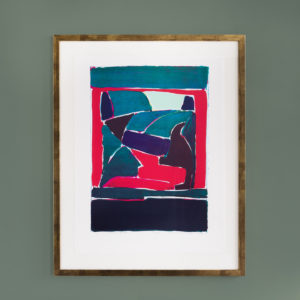
Black Hill, Work Shop, by Gordon House
£575 eachBlack Hill, Work Shop, by Gordon House
Gordon House was a graphic designer and abstract painter. He went to art school in Luton, then later, won a scholarship to St. Albans. During the 1950’s he spent much time in Letchworth, Welwyn and working for Imperial Chemical Industries (ICI) becoming aware of a modernist style of graphics through the design of European pharmaceutical packaging. This style was new to British eyes at the time and he went on to design the graphics for many galleries during the 1960’s. Mixing in new circles he collaborated with leading artists like Peter Blake and Richard Hamilton. He was responsible for the white on white emboss of the band’s name across the record sleeve on the Beatles White album against the wishes of Hamilton, who wanted to leave the sleeves totally blank, save for the stamp of a unique issue number. The Tate Gallery holds more than 100 of his prints and his work is also represented in many important public collections including the Arts Council, the British Council, the Victoria & Albert Museum and the M.O.M.A. in New York.£575 each -
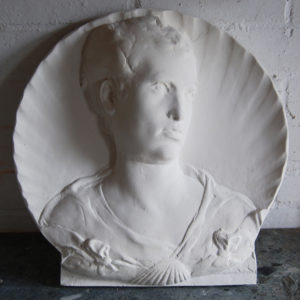
A relief cast plaster plaque of Andrea di Bono,
£360A relief cast plaster plaque of Andrea di Bono,
the portrait head carved in deep relief turning a sinestra, the young man depicted with cloaked shoulders and framed within a scallop shell,£360

